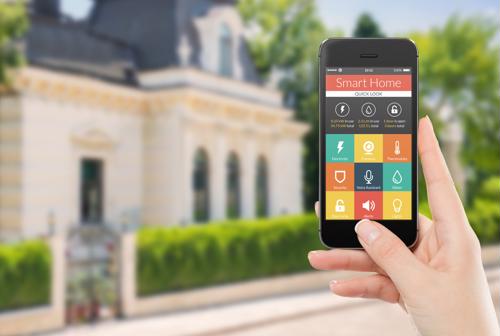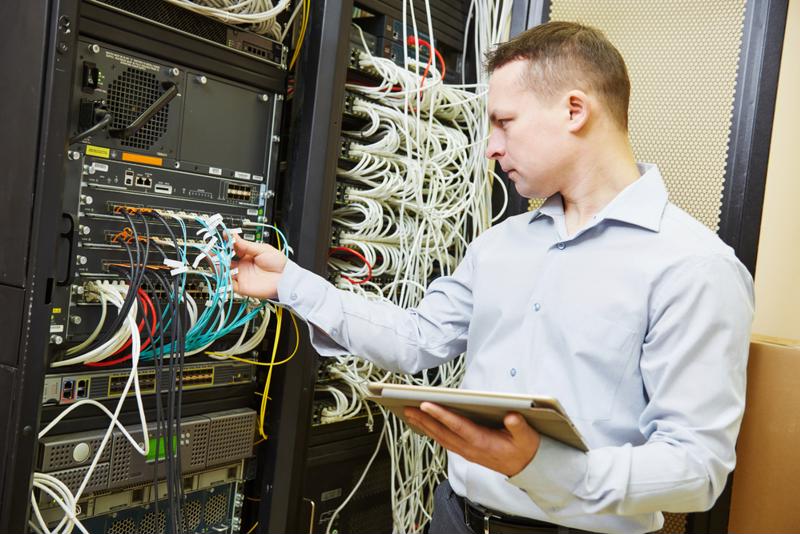
IoT in the insurance industry: Consumer tech is enabling better risk assessment
By Max BurkhalterDecember 12, 2018
The rapid expansion of the internet of things into commercial applications has opened up new partnership opportunities for almost every industry and has created substantial disruption within markets around the world. Many technology experts have focused their attention on advances in manufacturing and utilities, but most of the innovation is happening in the realm of consumer technologies. Smart homes and appliances have become commonplace, opening up new possibilities for businesses looking for actionable insights about how their products and/or services can be improved.
The insurance industry has been particularly interested in leveraging this direct line to consumers, seeing the network of devices and the data users generate as valuable tools for cutting costs and improving risk assessment. According to a recent global survey report from Market Journal, the IoT insurance solution market is estimated to reach $42.76 billion by 2022, expanding at a compound annual growth rate of 65.89 percent. This market optimism is uniform across all sectors of the insurance industry, though consumer-oriented businesses have been quicker to adopt the technology.
IoT insurance aims to improve customer satisfaction
As consumers become increasingly accustomed to web-enabled services, expectations about how insurance companies operate have trended toward digitization and customer-centricity. Back in 2015, Accenture Research ran a comprehensive customer satisfaction survey and found that less than one-third of insurance customers were satisfied with their providers. According to the "Capturing the Insurance Customer of Tomorrow" report, almost half of all respondents (47 percent) said they wanted "more online interactions with their insurers." These findings underlined the need to improve customer experiences and reverse declining loyalty by embracing new digital solutions.

How IoT can be harnessed by insurance companies
There are a variety of benefits available to insurance companies that embrace IoT technology, most of which involve streamlining the claims reporting and management process. By allowing consumers to submit claims via their computers or mobile devices, insurance companies can provide a simpler, more personalized experience that may help improve overall customer retention. Such a system would similarly help insurers, as it would give claim representatives a direct line to a customer's mobile device, making it easier to send updates and request additional information. It can also improve insurers' ability to analyze acquisition data, reducing turnaround times for claims processing and leading to more accurate reporting.
Another major advantage of IoT insurance is the potential integration of data capture and management software, which would aggregate useful information into unique customer profiles.These profiles could help insurers develop new business models focused on flexible products, rather than rigid insurance plans that often limit opportunities to compete with other providers. The more information an insurer can capture, the better equipped they will be to offer personalized policies that suit the particulars of their customers' lives. Additionally, the wide collection of customer data would enable insurers to improve their risk assessment processes, leading to increased accuracy and improved predictive capabilities. But to obtain this valuable data, insurance companies must find creative ways to get their customers excited about turning over their information.
Where insurance and consumer technologies converge
The challenge of implementing IoT insurance to its full potential is that consumers are increasingly sensitive about the involved privacy and security risks. Smart homes and appliances already collect and transmit personal information within the network, but getting a customer's consent to tap into that network is a difficult ask. To bridge this gap, insurers and smart home manufacturers are forming new partnerships and have started brainstorming about how to promote the benefits of such an integrated system. An article published by the E-Commerce Times looked into some of short-term consumer awareness solutions being implemented by top insurance companies, including:
- Educational content campaigns via digital media.
- Insurance premium discounts for installing smart devices.
- Offering free devices to attract new customers.
- Lead-generation through data mining techniques.
Most of these promotional actions follow a slow-roll approach, focusing on smart devices like smoke detectors and flood sensors. Some programs are primarily concerned with retaining existing policyholders, while others seek to attract new consumers who are interested in outfitting their home with smart technologies. Of course, facilitating these networks will require a robust implementation plan and sturdy connectivity. As these deployments move out of the trial stage, insurance companies will need to begin incorporating industrial-grade networking components into their infrastructure, like Device Servers, Terminal Servers and Serial to Fiber Converters.
Perle offers high-performance networking tools that can help insurers secure long-term stability and efficient device integration. Read some of our customer stories to hear how we've helped other organizations take full advantage of IoT systems.



